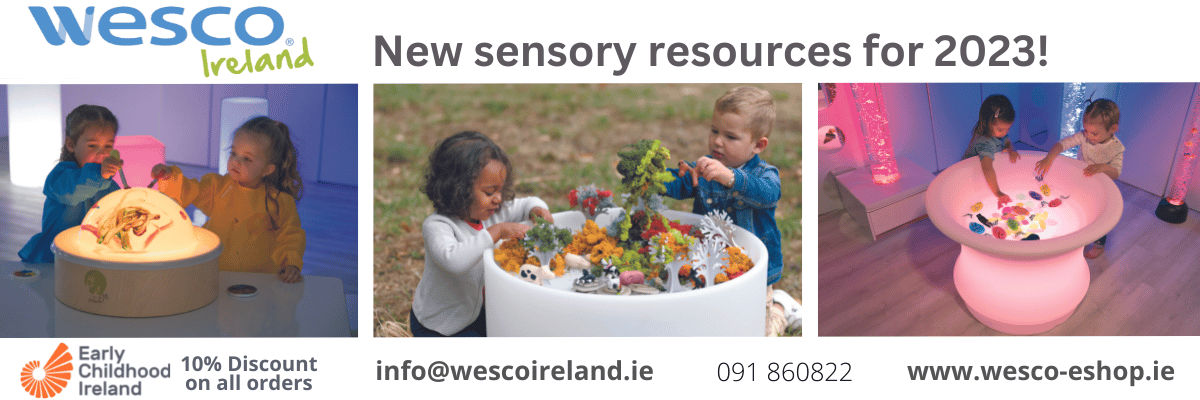Transitions: Not just for children!

As the mother of a four-year-old, daily transitions play a pretty big role in my life. By daily transitions I mean the moving between environments, activities or group settings. Things like leaving the house, going into creche, walking into a playground, or visiting a friend’s house. My daughter is pretty independent and happy once she settles in an environment, but if I get the transition into that environment wrong it all goes downhill pretty quickly and we might never recover. It’s a lot of pressure!
The child is not the only one transitioning
It may seem painfully obvious to you as reader, but it didn’t dawn on me until recently that my daughter is not the only person transitioning in these scenarios, I am too. I had previously taken it for granted that I was able to move from daily event to daily event without issue. But once I started taking time to analyse my own emotional reactions, I realised that I too was experiencing strain in these situations.
Going into creche
A very obvious source of daily transition stress for a lot of families is the child entering creche. It doesn’t matter how much they LOVE being in there, the tantrums and tears may precede are tough on all. Of course, that builds a level of anxiety into the parent. “Will she go in today?”. “What could I bribe her with?”. “Should I just quit my job and spend all day with her?”. Although we might like to think that our children are sheltered from this internal monologue, the truth is they are reading it all over our faces, in all our non-verbal cues.
Collaborative approach to transitioning
Once I had my epiphany that I was part of the transitional stress, I realised that I needed to look at transitions more “wholly”. That is to say, as something that the child and I were doing together. I brought my daughter into this and discussed it with her. I explained that I felt nervous about situations where I didn’t know what to expect. As is all too the often the case in my parenting experience, my daughter had the answer. “Let’s chat about what we’ll see and do before we go in, that way you’ll know what to expect”. This simple solution has really revolutionised things for us, making it a team effort to discuss and support the other person in entering a new environment.
Building in buffer time
A huge factor in transitioning smoothly between daily events is time – there simply isn’t enough of it! “Please hurry up”, followed by “this is my third time asking you to put on your coat” are all too common phrases. I wanted to see if there was anything I could do to reduce this pressure, so I took to the internet for research. I found a lot of advice about creating a routine and sticking to it, which is much easier said than done, but the problems mainly arose on the day when there was something out of the ordinary happening – someone got an eyelash stuck in their eye that took 10 minutes to come down from, someone spent an inordinate amount of time in the loo, someone decided to tip the dog’s water bowl all over their clothes and we had to start the getting dressed event all over again (hint: none of these were me!).
These “out of the ordinary days” were usually the norm, and would cause us to have to skip parts of the routine, setting the whole system to ruin. So, I started building in buffers to my routine. So the three main events in the morning: getting breakfast, getting dressed, getting out of the house each had a little window built between them of “time when nothing is supposed to be happening”. On good days this time is used as “bonus” time where my child gets to play, tootle about, or start the next task early if they really want to. On every other day, it’s time used for all the little things that come up in life. This put us in a less stressed position before the transition to the new environment.
Moving into new environments
My next challenge was actually getting into the new environment. I drive my daughter to creche, it’s about 10 minutes. During this time, we now discuss what the day might be like, what her room looks like, what her teachers will be doing when she enters, etc. It helps greatly that the creche keeps a very reliable routine: same person answers the door, same path into her room, same place for her coat.
My child is quite movement-orientated, by which I mean she is rarely still. I used a hunch I had and started bringing her bike in the car with me. I park slightly further away from the creche than before and let her cycle round the block before arriving at the creche door. I use the bike and the action of cycling as a way for us to connect leaving the car and going into creche. This performs the function of physical release and also reward. It also really helps me to spend a few minutes with her doing something fun before we have to part.
The creche entryway
The final piece of the puzzle for me is the creche entryway. As I read in Máire Corbett’s recent blog on decluttering, a clearly-defined and clutter free entry to a service makes all the difference in the eyes of the child. My service has a very clear entryway that gives the child clear visual cues on how to proceed through it. For example, there is a wall of storage boxes for hats, coats, scarves etc. The children’s boxes are easily identifiable with their bespoke sticker and always kept in the same place so the child can easily find it. This gives my daughter a level of independence as she knows exactly what to do at this crucial transitional moment.
A more relaxed transition for adult and child
So we now start our transition with less stress, discuss what we’re going to experience, use a little transitional moment with movement, and then enter the new environment. This means that my child goes in happily and I leave her with a spring in my step.
Most days…









